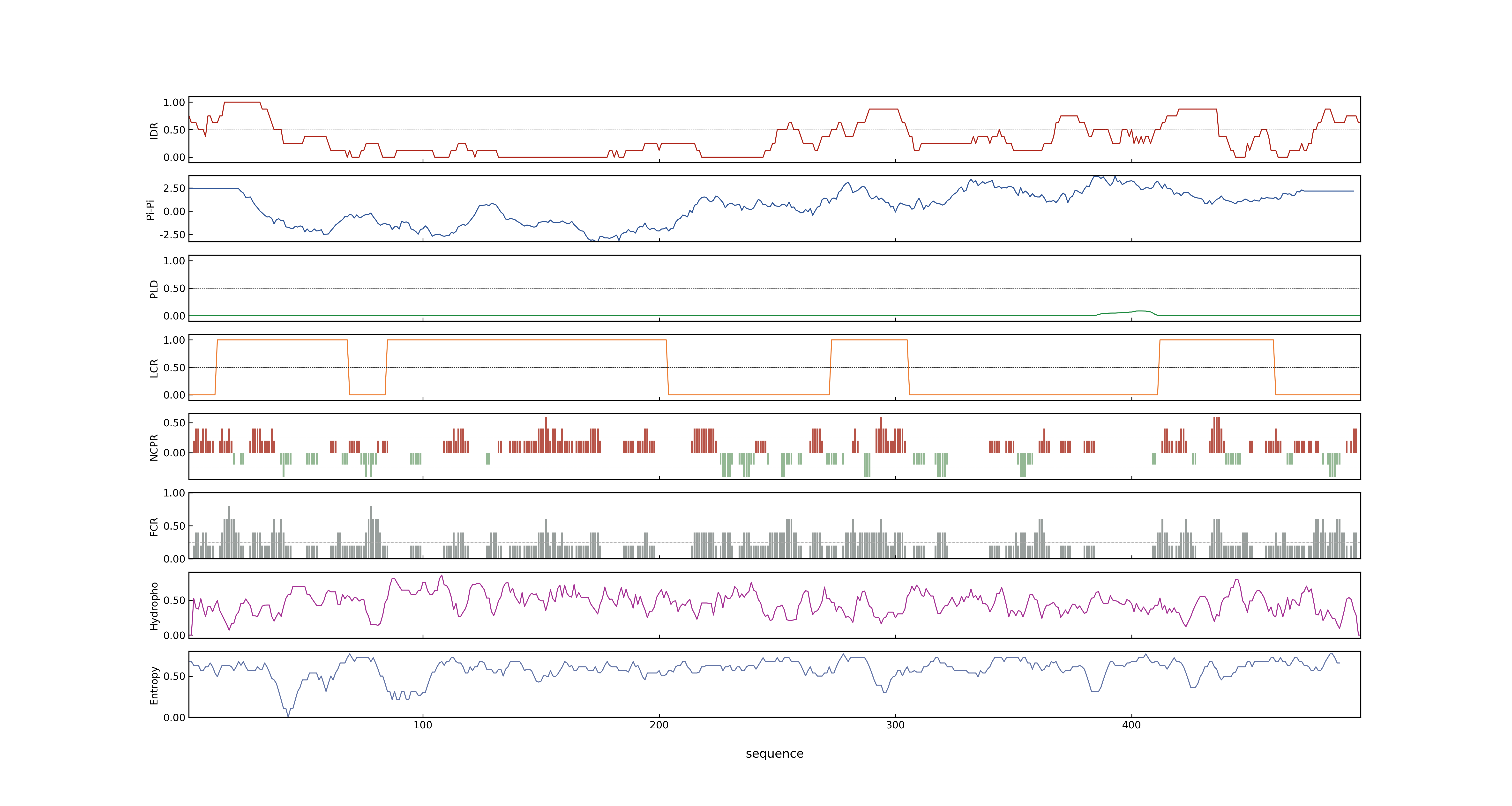- Information
- Symbol: GW5,qSW5
- MSU: LOC_Os05g09520
- RAPdb: Os05g0187500
- PSP score
- LOC_Os05g09520.1: 0.5163
- PLAAC score
- LOC_Os05g09520.1: 0
- pLDDT score
- NA
- MolPhase score
- LOC_Os05g09520.1: 0.99948126
- MolPhase Result
- Publication
- Isolation and initial characterization of GW5, a major QTL associated with rice grain width and weight, 2008, Cell Res.
- Quantitative trait loci QTL analysis for rice grain width and fine mapping of an identified QTL allele gw-5 in a recombination hotspot region on chromosome 5, 2008, Genetics.
- Deletion in a gene associated with grain size increased yields during rice domestication, 2008, Nat Genet.
- GW5 acts in the brassinosteroid signalling pathway to regulate grain width and weight in rice., 2017, Nat Plants.
-
Genbank accession number
- Key message
- Together, our results suggest that GW5 represents a major QTL underlying rice width and weight, and that it likely acts in the ubiquitin-proteasome pathway to regulate cell division during seed development
- We earlier identified a major QTL that controls rice grain width and weight, GW5, which was mapped to a recombination hotspot on rice chromosome 5
- To gain a better understanding of how GW5 controls rice grain width, we conducted fine mapping of this locus and uncovered a 1 212-bp deletion associated with the increased grain width in the rice cultivar Asominori, in comparison with the slender grain rice IR24
- Isolation and initial characterization of GW5, a major QTL associated with rice grain width and weight
- Through fine mapping, complementation testing and association analysis, we found that a deletion in qSW5 resulted in a significant increase in sink size owing to an increase in cell number in the outer glume of the rice flower; this trait might have been selected by ancient humans to increase yield of rice grains
- In addition, genotyping analyses of 46 rice cultivars revealed that this deletion is highly correlated with the grain-width phenotype, suggesting that the GW5 deletion might have been selected during rice domestication
- This study provides novel insights into the molecular mechanisms controlling rice grain development and suggests that GW5 could serve as a potential tool for high-yield breeding of crops
- Here we report the cloning of a newly identified QTL, qSW5 (QTL for seed width on chromosome 5), involved in the determination of grain width in rice
- These analyses show that the qSW5 deletion had an important historical role in artificial selection, propagation of cultivation and natural crossings in rice domestication, and shed light on how the rice genome was domesticated
- GW5 protein is localized to the plasma membrane and can physically interact with and repress the kinase activity of rice GSK2 (glycogen synthase kinase 2), a homologue of Arabidopsis BIN2 (BRASSINOSTEROID INSENSITIVE2) kinase, resulting in accumulation of unphosphorylated OsBZR1 (Oryza sativa BRASSINAZOLE RESISTANT1) and DLT (DWARF AND LOW-TILLERING) proteins in the nucleus to mediate brassinosteroid (BR)-responsive gene expression and growth responses (including grain width and weight)
- GW5 acts in the brassinosteroid signalling pathway to regulate grain width and weight in rice.
- We provide evidence that the 1,212-bp deletion affects grain width most likely through influencing the expression levels of GW5
- Our results suggest that GW5 is a novel positive regulator of BR signalling and a viable target for genetic manipulation to improve grain yield in rice and perhaps in other cereal crops as well
- Connection
- GW2, GW5~qSW5, Seed size is determined by the combinations of the genes controlling different seed characteristics in rice., Rice seed size is an important agronomic trait in determining the yield potential, and four seed size related genes (GS3, GW2, qSW5/GW5 and GIF1) have been cloned in rice so far
- DLT~OsGRAS-32~D62~GS6~SMOS2, GW5~qSW5, GW5 acts in the brassinosteroid signalling pathway to regulate grain width and weight in rice., GW5 protein is localized to the plasma membrane and can physically interact with and repress the kinase activity of rice GSK2 (glycogen synthase kinase 2), a homologue of Arabidopsis BIN2 (BRASSINOSTEROID INSENSITIVE2) kinase, resulting in accumulation of unphosphorylated OsBZR1 (Oryza sativa BRASSINAZOLE RESISTANT1) and DLT (DWARF AND LOW-TILLERING) proteins in the nucleus to mediate brassinosteroid (BR)-responsive gene expression and growth responses (including grain width and weight)
- GSK2, GW5~qSW5, GW5 acts in the brassinosteroid signalling pathway to regulate grain width and weight in rice., GW5 protein is localized to the plasma membrane and can physically interact with and repress the kinase activity of rice GSK2 (glycogen synthase kinase 2), a homologue of Arabidopsis BIN2 (BRASSINOSTEROID INSENSITIVE2) kinase, resulting in accumulation of unphosphorylated OsBZR1 (Oryza sativa BRASSINAZOLE RESISTANT1) and DLT (DWARF AND LOW-TILLERING) proteins in the nucleus to mediate brassinosteroid (BR)-responsive gene expression and growth responses (including grain width and weight)
- GW5~qSW5, OsBZR1, GW5 acts in the brassinosteroid signalling pathway to regulate grain width and weight in rice., GW5 protein is localized to the plasma membrane and can physically interact with and repress the kinase activity of rice GSK2 (glycogen synthase kinase 2), a homologue of Arabidopsis BIN2 (BRASSINOSTEROID INSENSITIVE2) kinase, resulting in accumulation of unphosphorylated OsBZR1 (Oryza sativa BRASSINAZOLE RESISTANT1) and DLT (DWARF AND LOW-TILLERING) proteins in the nucleus to mediate brassinosteroid (BR)-responsive gene expression and growth responses (including grain width and weight)
Prev Next
